Beyond an island: an insider look at Art in Public Space in Ireland
Outdoor Arts, Street Arts, or the latest title: ‘Art in Public Space’ - is undergoing an upsurge in Ireland. Distinctly elusive – led by the place and the people rather than the academy, museum, or institution– they often exist outside such structures and therefore do not fit neatly within a defined structure, or mono identity. From hierarchy to community and national to international, Lucy Medlycott looks at the relationship between Ireland’s history, identity and artists. As an artist, an advocate and an internationalist, Lucy shares the backstory of Arts in Public Space in Ireland and asks: where will the next revolution be?
Art and artists are a constantly changing piece of work that responds to our world, needs, society, and story. I am no historian, but I know that history affects and influences who we are, where we are situated, how we behave, how we communicate, how we view the world and how we act. In this regard, society has evolved, as has its democracy, the role of artists and the art institutions/establishments, some faster than others. Ireland is a territory that has undergone enormous social change, particularly in the last 150 years. We overcame a devastating famine, underwent an industrial revolution, two world wars, a civil war, a recession, the global pandemic, and throughout all of this, we became an independent nation with our own democratically elected government and constitution. Interestingly, artists were at the core of the foundation of the Irish State as leading voices and advocates for the importance of independence. They were bolstered through the Celtic Revival’s passion for cultural expression, language, artefacts, sport and story which played a vital role in rebuilding our cultural identity and pride. Fifty years ago, in 1973, Ireland became (and still remain) an official member of the European Union, and there began a new chapter in the development of our nation.
When talking about making work in public space you are instantly discussing a social movement, a movement in reaction to the social, historical, and democratic contexts as mentioned above.
This movement was born out of a response to the hierarchical systems inherent in society, which the arts also perpetuate… Many artists found themselves in the post-World War II era angry and disillusioned with the contemporary art world and sought to position themselves outside of the establishment, seeking something purposeful. The rise of democratic freedom, sexual independence, free speech, mass communication and more, sparked a growing appetite for change. Change in who art was for, who made, consumed and appreciated art, where it took place, and what it could achieve, transforming the world around us. In its relatively isolated nature as a small island, perhaps Ireland found itself lagging in some respects, as ideas spread fast across the wider European continent. Primarily inspired by France, the success of the Irish Revolution of 1798 was short-lived but it did pave the way for the Irish independence movement a hundred years later to gain ground. In line with the wider rise of democracy, votes for all and newfound European connectivity, the seeds of the Irish outdoor arts sector started to be sown in the late 1970s to mid-1980s when the Community Arts movement took root. Many of these Community Art programmes arose from government initiatives to get the numbers in receipt of social welfare down.
Taking people off the live register did more than adjust the statistics; it empowered people to recognise that art could be transformative, giving ordinary people a voice and a position as artists, visionaries, and change-makers. It brought people together.
Sligo Community Arts Group, led by Cillian Rogers and Imelda Peppard, was born in 1984. Cillian and Imelda took over an old Workhouse in County Sligo – the building itself a place which housed those suffering from the famine 150 years ago. It was a last post, that, or the coffin ships to transport you to America. From a place of mourning and grief, the building became a place of inspiration and possibility. Their work specialised in connecting communities through celebrations and led to the formation of Bacchanal Carnaval Arts group in 1997.
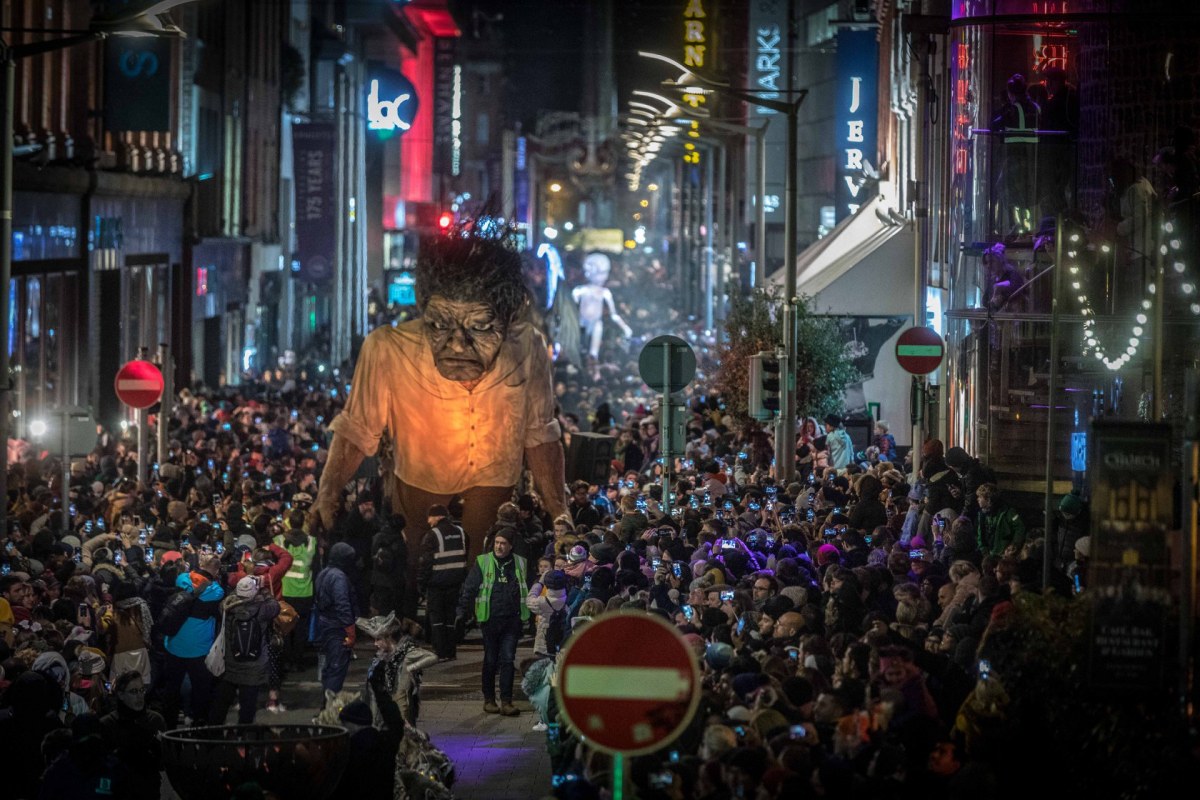
In 1985 Els Comediants of Catalunya visited Galway and at a similar time Footsbarn Travelling Theatre made an appearance. They both infused theatre with medieval pageantry, puppets, mask, fire, drums, spectacle, and audience interaction, to the demolition of the fourth wall. A new generation of young artists were inspired and influenced by our Irish heritage, Macnas exploded onto the city of Galway and very soon the country and beyond. One could argue that the energy this arts organisation brought to the city transformed its core into a magnet for artists and creatives from all over the world, turning it from a small fishing town on the shores of the Atlantic into one of the most multicultural cities in Ireland and a recognised hub of cultural activity*.
Macnas soon visited Waterford, and in 1993, Spraoi emerged as a carnival creation company with a community arts ethos and an urban regeneration aspiration. Learning to build, sew, create and gather people together through celebration. The intention was, and remains, to spread joy through the urban city centre over the August Bank holiday weekend.
From the Irish language, the word Spraoi translates as fun/play/party and it truly belongs to the people of Waterford city. The ownership of the festival by every member of the community is quite incredible. More than spectators the whole city becomes involved in the creation, management, production, planning, hosting, performance and more.
Meanwhile, in Limerick, another movement started, this time from within the institution of Limerick School of Art and Design, which had the good fortune to employ an artist called Martin Folan, a huge champion of art for all, keen to pass on his discoveries to his students. Fortunately, one of them was me. Acquiring the use of an old warehouse in Limerick docks in 1991, Folan invited us to turn our work from the gallery to the street for the traditional St Patrick’s Festival parade. Running since the 20th century, over 10,000 people now turn out in Limerick for an immense display of everything great about the community. From the local brass band, to the boxing club, to the milk lorry, everyone marches and turns out to demonstrate their best colours for the day. It was a light bulb moment for a group of budding artists. The realisation that art can go to its audience rather than expect the reverse was a revelation. We called our collective ‘The Dream Factory’. This then led to the creation of another company in 1994 called Buí Bolg based in Wexford.
Meanwhile, in the North of Ireland, the Beat Initiative was finding its feet in the early 1990s through samba drumming, carnival and the need for community change. This was a very different environment to that of the South of Ireland, but amongst the sectarian violence of that city, a real need was articulated: the importance of partnership. Not merely aspirational, it was essential for the future survival of the next generation.
In 1995 Macnas, Spraoi, Bui Bolg and Beat Initiative came together with a joint project, Macalla, which travelled between Galway, Wexford, Waterford and Belfast. Macalla literally translates as ‘son of a cliff’, or the equivalent English word ‘echo’; yet another reflection on the nature of these organisations that distinctly resonated together while springing off each other’s similar purpose and shared inspiration.
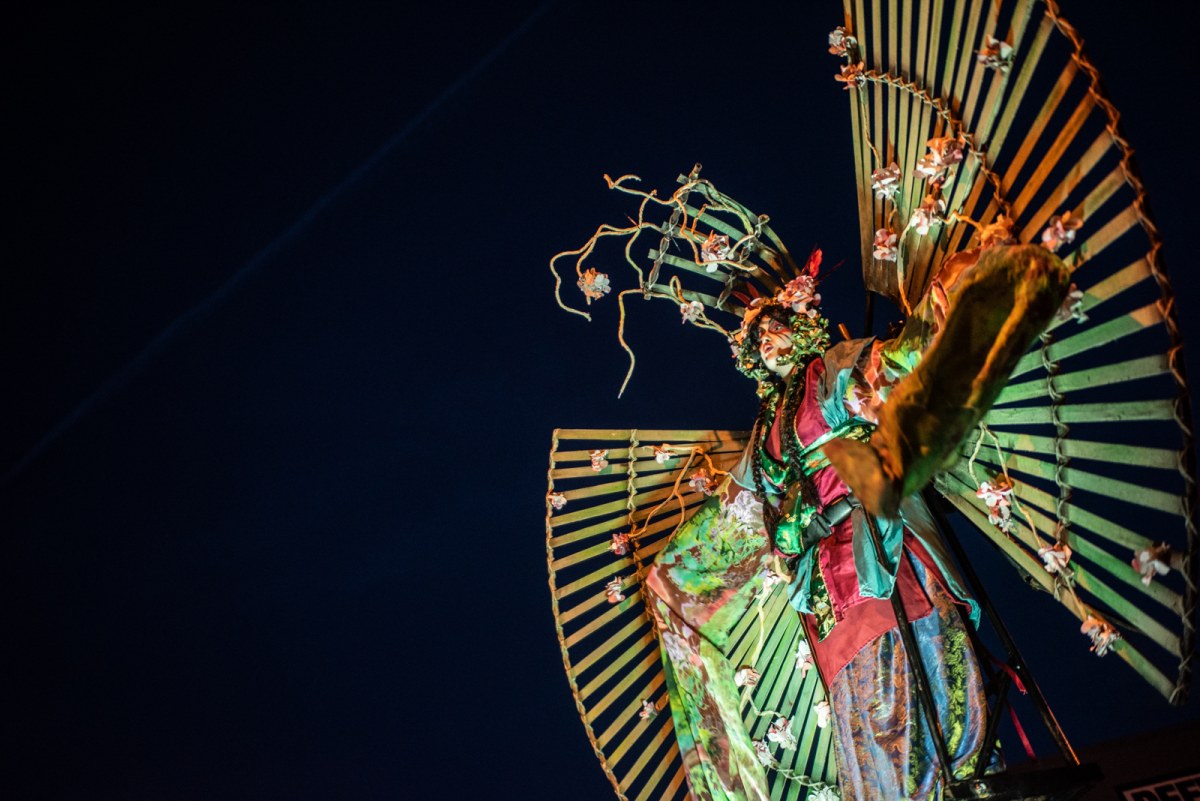
Notably, much of this activity happened from the mid-'80s to the mid-'90s when Ireland was in a huge recession, unemployment was at record highs, emigration was immense, and the North of Ireland was at the height of the troubles. It might seem as if adversity breeds innovation.
In a similar vein, Circus was expanding from entertainment to social purpose. Belfast Community Circus was formed in 1985 by Donal McKendry and the late Mike Moloney. A city filled with riots and petrol bombs required a certain type of energy to engage a community and Circus became that medium. Word soon spread about the success of Belfast Community Circus, and in 1997 they were invited to work in Sarajevo as pioneers of what might be termed ‘Frontier Circus’.
Belfast Community Circus still operates under the new identity of Circusful. The legacy they have given and continue to give to the Irish circus sector is huge – Circus Factory Cork was born in 2000, Galway Community Circus in 2002, Dublin Circus Project in 2009 and Cloughjordan Circus Club in 2010, all sparking off and inspiring one another.
In addition, Ireland has a plethora of aerial dance artists, many of whom have trained with, performed with, or worked alongside the inimitable Fidget Feet Aerial Dance Theatre under the auspices of the fireball that is Chantal McCormick. Circus continues to evolve, and the next generation of circus creation spaces is now emerging, with the latest addition being Motion Chapel in Roscommon at a repurposed monastery. We await great things to come.
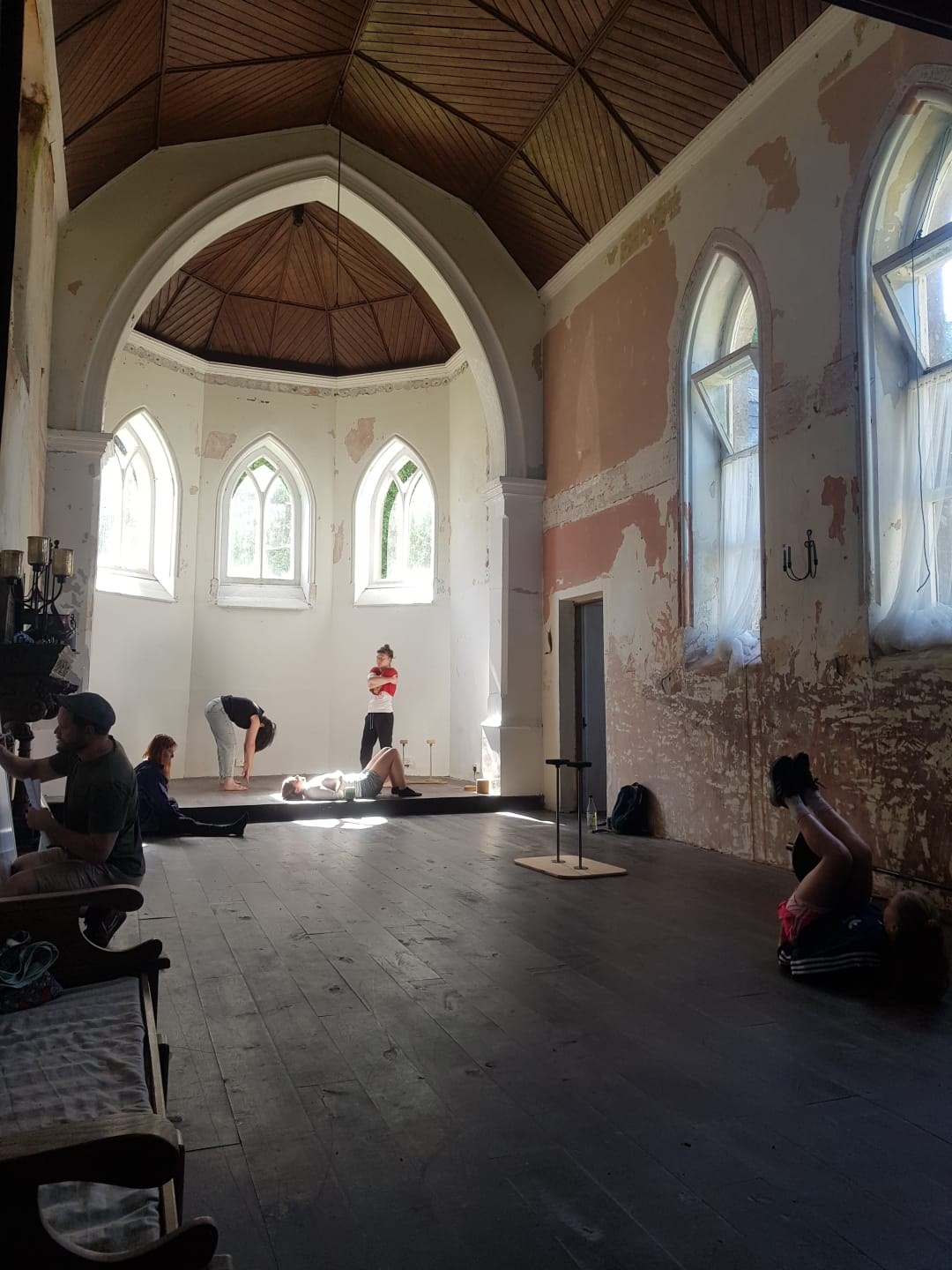
In the Irish circus story, there is a strong connection between the social/youth, traditional/classical, and contemporary/new styles. None operate in isolation, all are influenced by the other, and no one would be where we are today without those who came before.
Following the designation of Circus, Street Arts and Spectacle as a department within the Arts Council of Ireland in 2005, the story was further boosted when the Irish Street Arts, Circus and Spectacle Network (ISACS) became established in late 2010, providing a voice for artists who worked across these art forms. Recognition, legitimacy, and visibility were becoming necessary. As a group of artists who always sat outside the box, we realised that the sector was in danger of being usurped unless we championed ourselves from within. Hence ISACS came about, and in 2014 we received Arts Council funding to invest in the future of the network. Today we have grown from a membership of 10 to over 200 individual members. We are one of the largest performance arts networks in the country, representing individual and emerging artists.
Courage is now required to invest in, support and trust the future artists and arts organisations in their journey forward, as they transform and reimagine the possible… Evolution is inevitable, Revolution is possible and the artists are showing that it is up to everyone else to follow.‘To live long is to change often.’
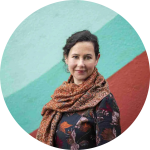
Lucy Medlycott is the executive director of the Irish Street Arts, Circus & Spectacle Network, a membership organisation which aims to celebrate, advocate, grow and sustain these collective art forms. She has been involved in the development of arts in public spaces in Ireland since the early 1990’s. Lucy has been chair of the County Wexford Community Forum, director of the Wexford Arts Centre, member of the steering committee of Circostrada, held a position on the County Wexford Development Board, the Local Community Development Committee, the County Wexford Economic Dev & Enterprise SPC and is a current fellow of the Royal Society of Arts.

Valentina Barone is a freelance cultural manager and editor specialising in the contemporary circus and live performance sector. Since 2021, she has been Director of International Relations at the CircusDanceFestival in Cologne (Germany). She holds a BA in Performing Arts Techniques and a Master's degree in Relationship Design. She works with the international network Circostrada (France) and is an active member of the Cirkus Syd' Circus Thinkers Platform (Sweden). Valentina is the coordinator of the international digital platform Around About Circus.



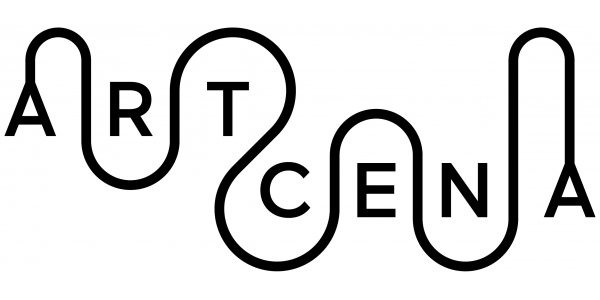

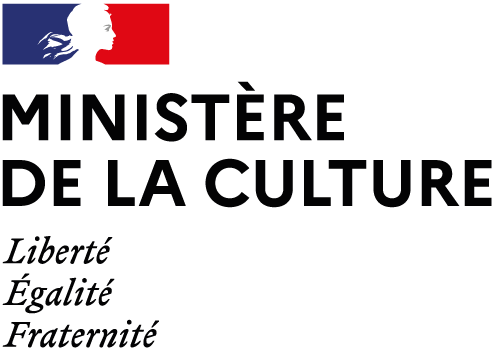
write us: infocircostrada@artcena.fr